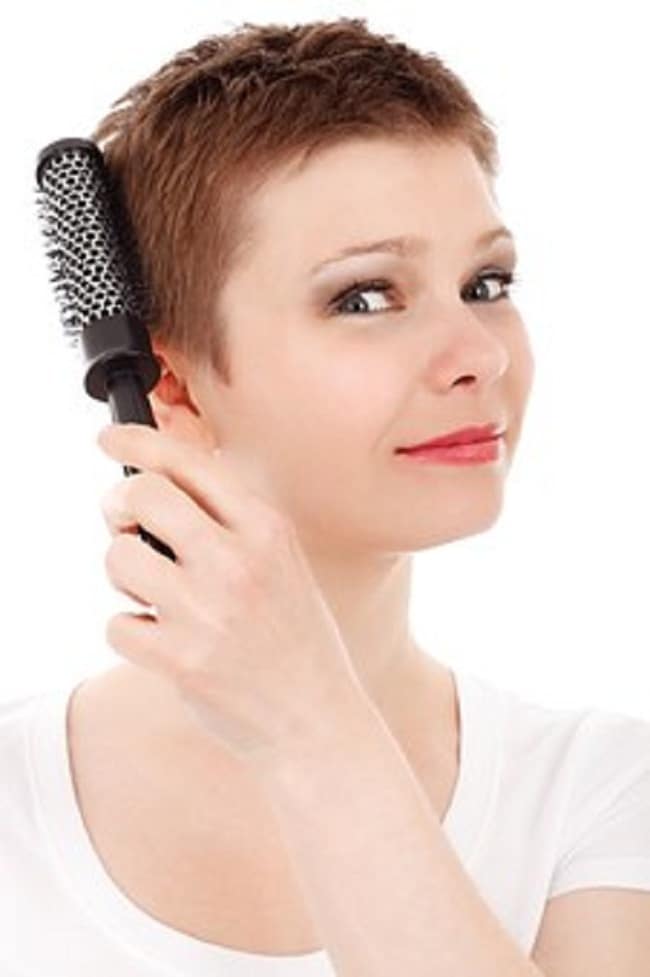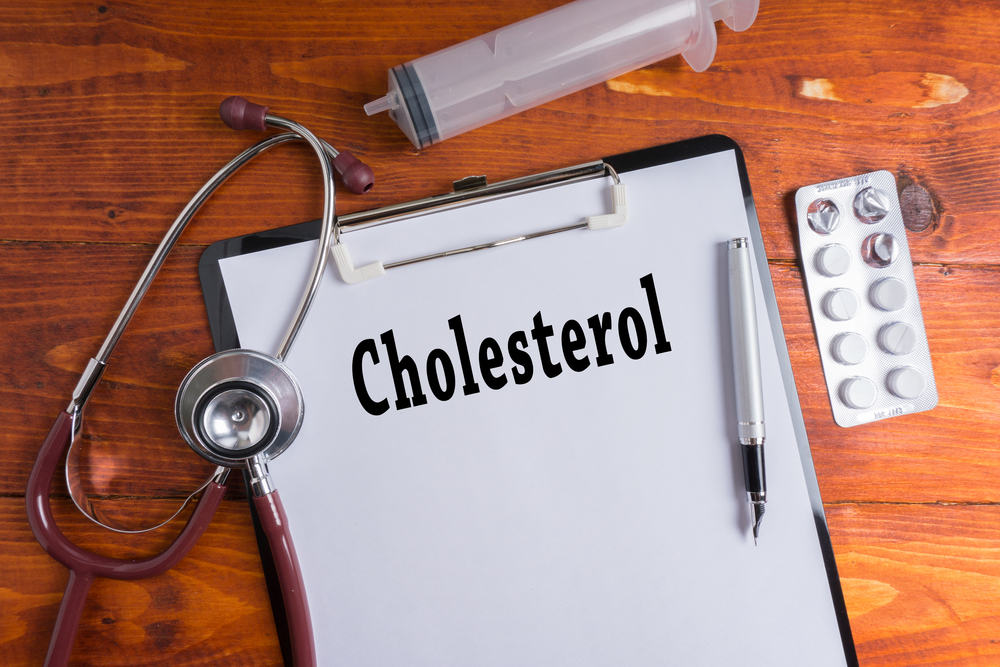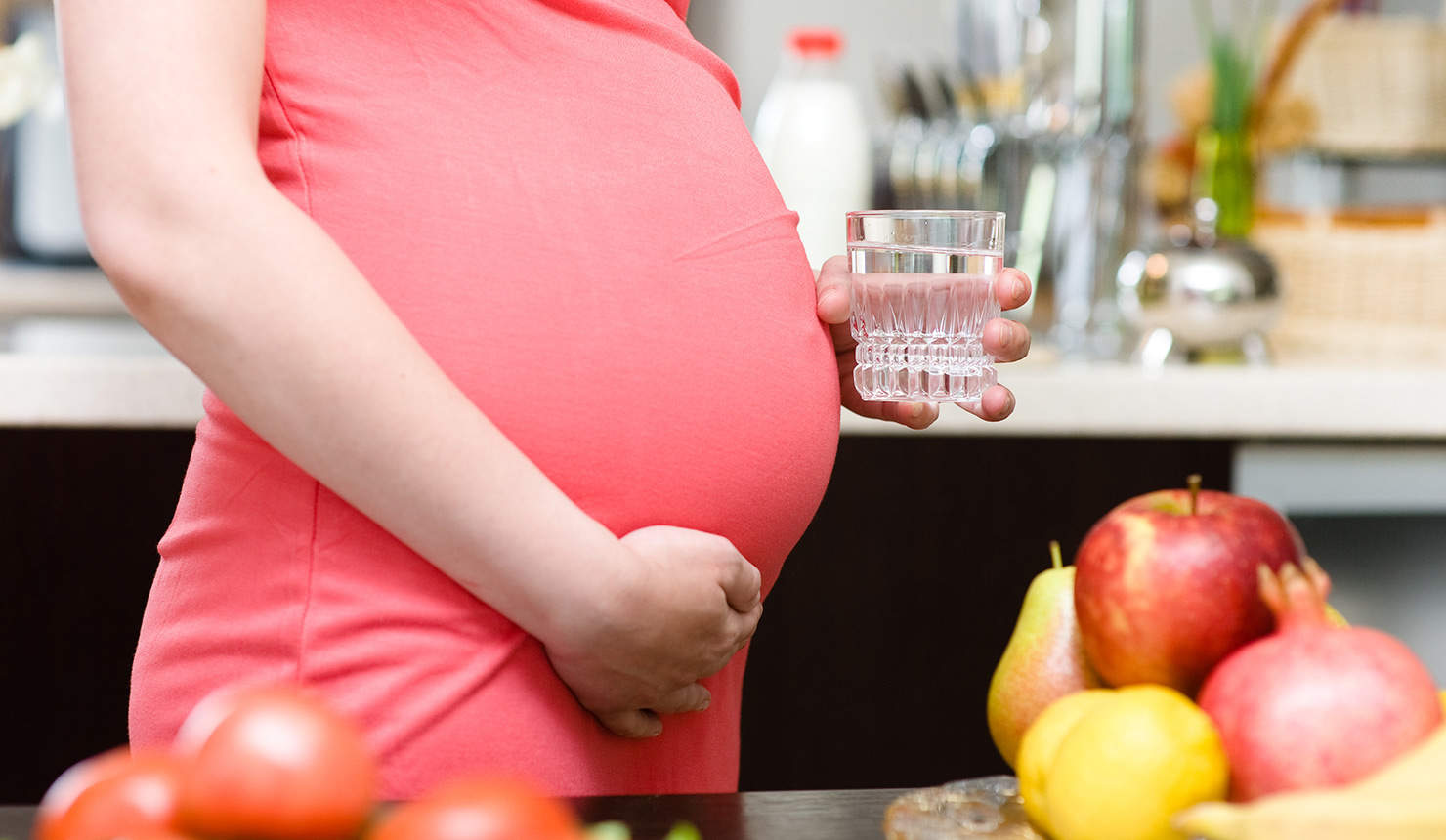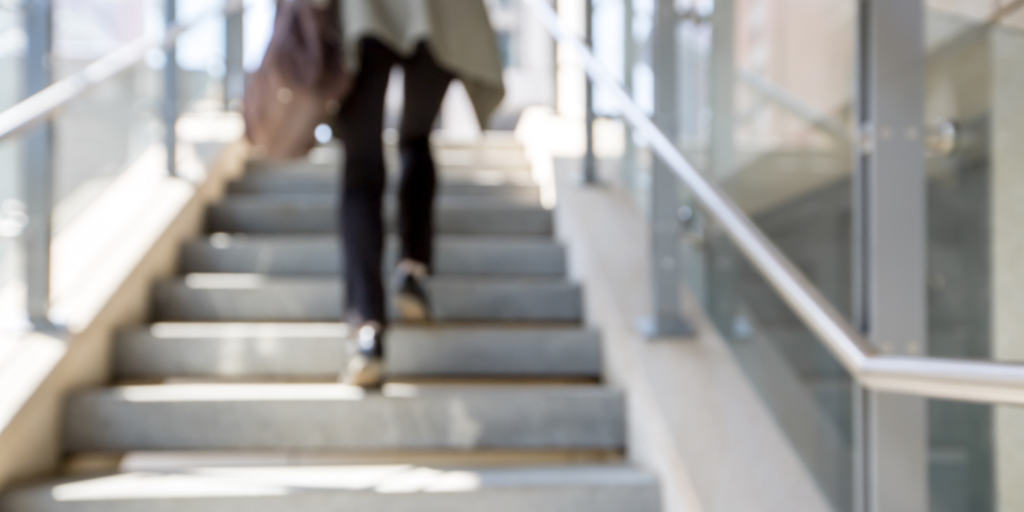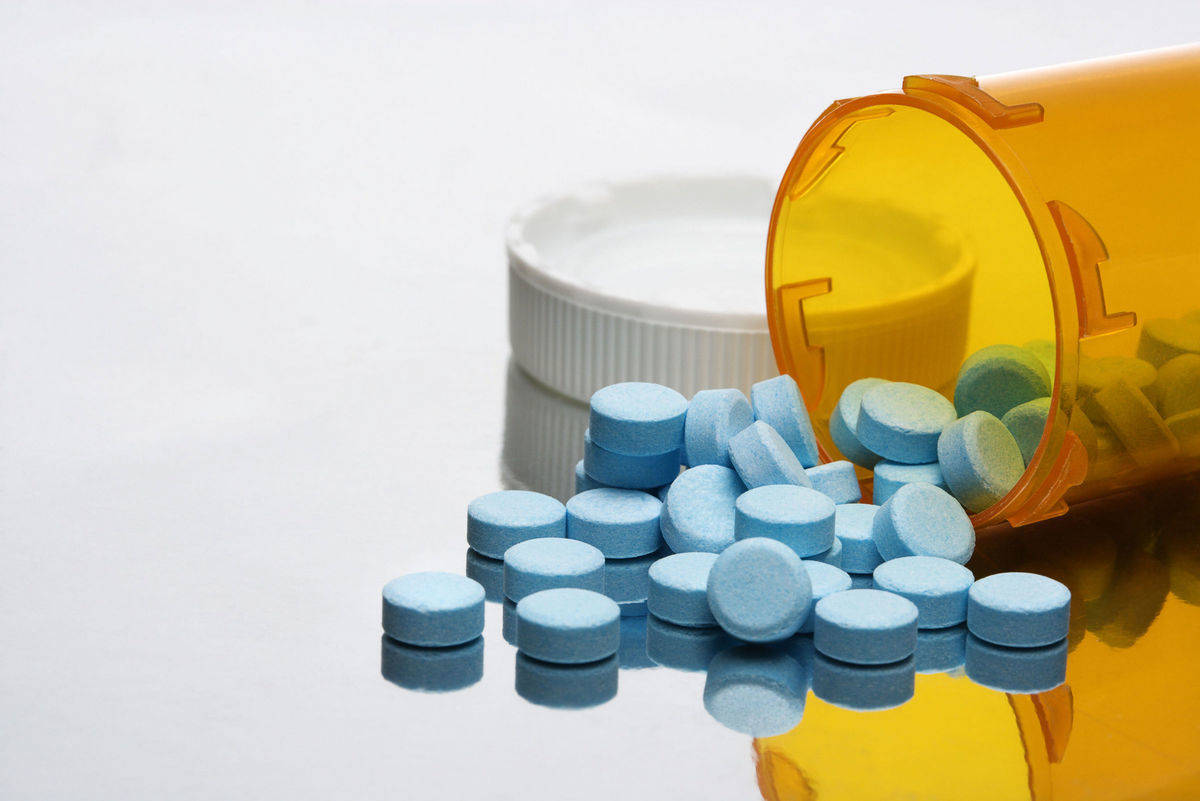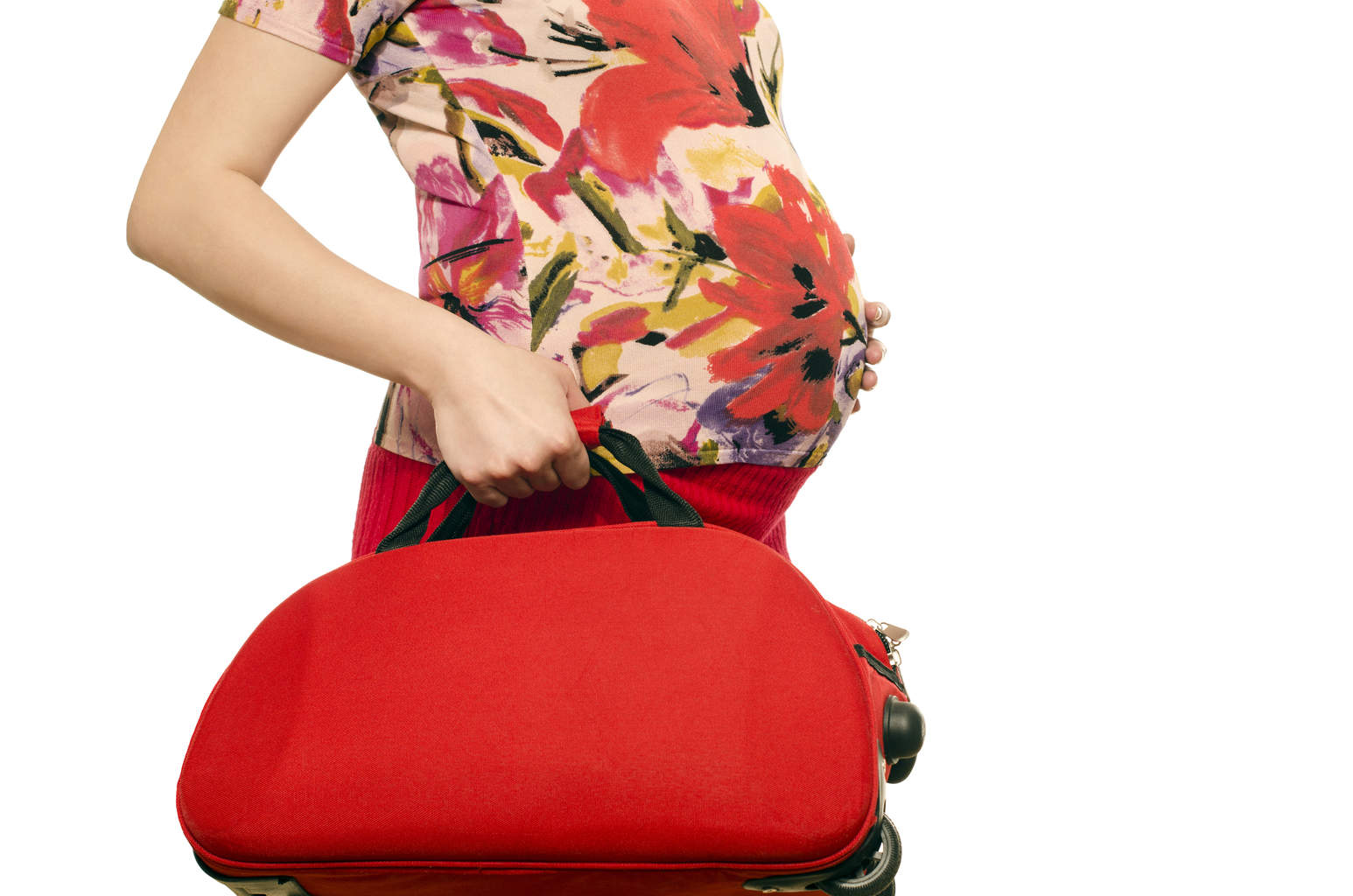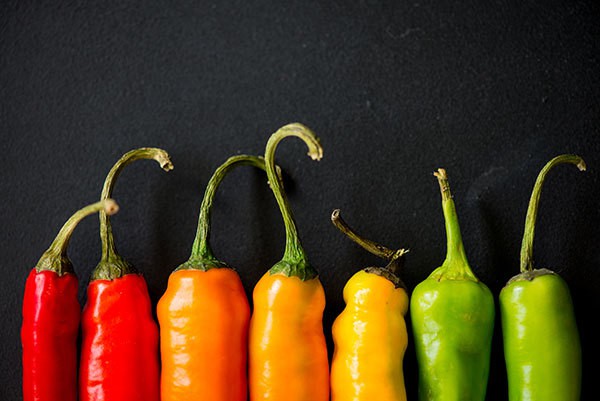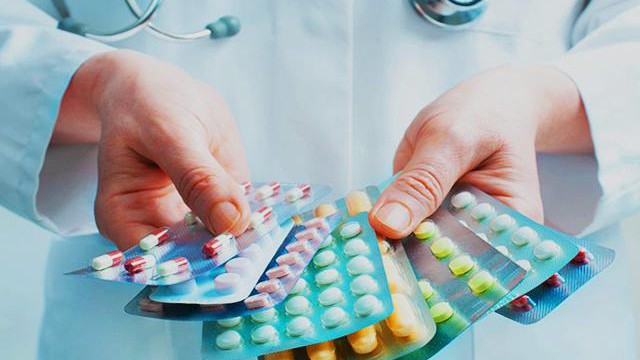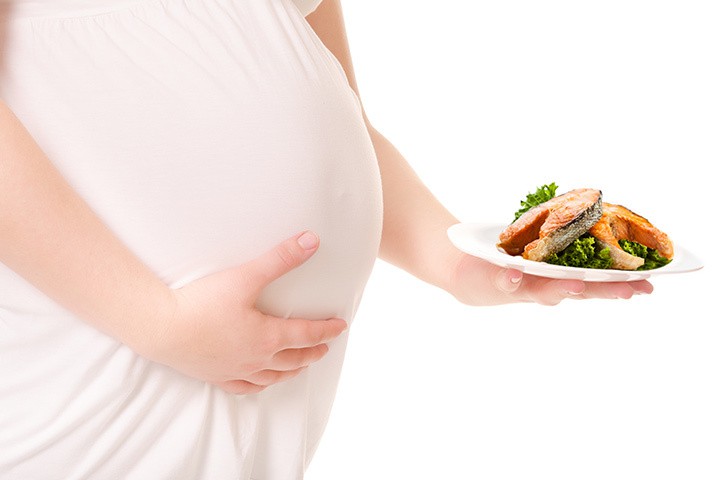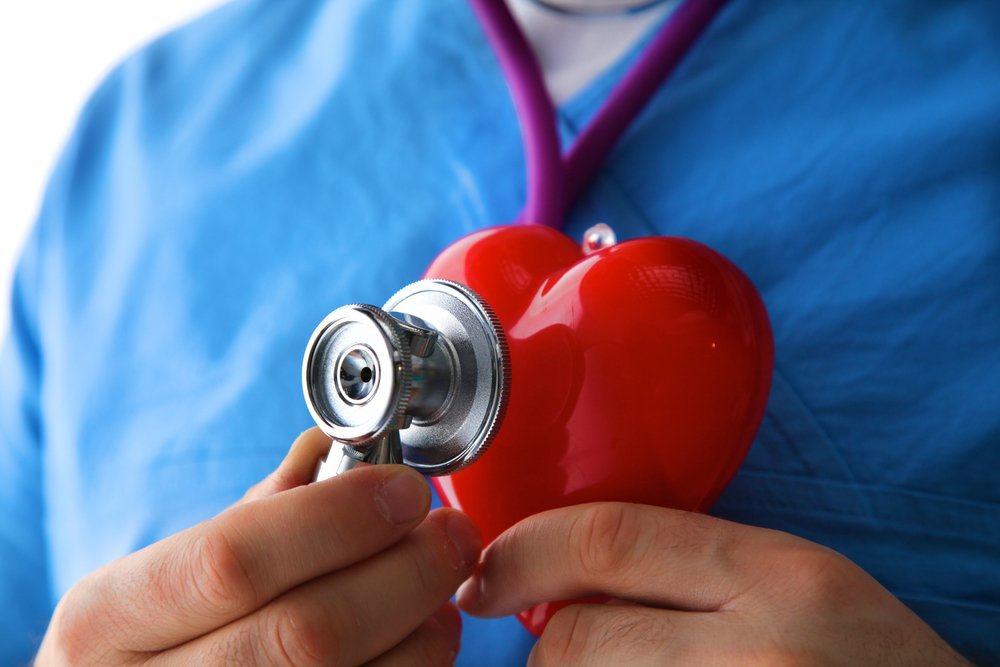Contents:
- Medical Video: Top 20 Foods to Avoid For Eczema
- What foods should be avoided by seborrheic dermatitis patients?
- 1. Milk
- 2. Fried
- 3. Foods high in sugar
- 4. Spicy food
- 5. Wine
- 6. Avocados
- 7. Tomatoes
- Good food for people with dermatitis
Medical Video: Top 20 Foods to Avoid For Eczema
Seborrheic dermatitis is inflammation that makes the skin dry, red, itchy, and flaking. This disease usually occurs on the scalp, but can also attack other oily body parts such as the face, chest and back. Seborrheic dermatitis on the scalp causes dead skin debris like dandruff. This disease is similar to eczema, psoriasis, or other allergic reactions.
Seborrheic dermatitis can be treated with salicylic acid creams, antifungal products, corticosteroid lotions, sulfur products, and shampoo specifically containing drugs from doctors. But apart from drugs, there are some foods that you need to avoid if you suffer from seborrheic dermatitis.
What foods should be avoided by seborrheic dermatitis patients?
It is hoped that avoiding these foods can help reduce symptoms.
1. Milk
The study found that there are several types of milk that are not good if consumed by people with seborrheic dermatitis, especially whole milk, aka high fat milk. The fat content of milk is reported to cause dandruff. Choose milk that is low in fat (low fat) or milk without fat content (skim milk).
2. Fried
Eating too much fried food can increase the production of oil on your scalp, causing the fungus to grow and more dandruff.
3. Foods high in sugar
Sweeteners and foods that contain simple carbohydrates, such as rice, white bread and flour, should be avoided by patients with seborrheic dermatitis. Foods that are high in sugar can cause dandruff.
It is recommended to replace the food with fruit and vegetables. Fruits and vegetables can fulfill the nutrients needed to maintain healthy hair, and prevent dandruff from appearing.
4. Spicy food
As with fried foods, spicy foods can increase oil production on the scalp. Spicy foods also increase body temperature and stimulate excessive sweating in the head area so that this causes dandruff.
5. Wine
Wine is acidic and seborrheic dermatitis patients should be avoided. This is because wine can increase itching in people with eczema, and this is also felt in someone with seborrheic dermatitis. Besides its acidity, grapes also contain salicylates, amines, and MSG which are 3 times more dangerous in seborrheic dermatitis. You are encouraged to avoid wine, sultanas, raisins and other juices that contain wine.
6. Avocados
Avocados are very good if consumed in those of you who are not people with seborrheic dermatitis. Avocados are rich in amines and salicylates which can increase the itching of the symptoms.
7. Tomatoes
Tomatoes contain high salicylates so they can cause itching. However, raw tomatoes are good because they contain alkaline and lycopene which can protect the skin. Other products containing tomatoes such as tomato sauce and spaghetti bolognaise should also be avoided.
Good food for people with dermatitis
In addition to foods that must be avoided, it would be nice if you know the food needed for people with seborrheic dermatitis. These foods include:
- Green vegetables, like: broccoli, spinach, kale
- Spices, such as: ginger, rosemary, cinnamon, thyme, oregano
- Foods that are rich in antioxidants, such as: strawberries, cherries, blueberries
- Foods rich in vitamin A, such as: carrots, pumpkins, apples, bananas
- Foods rich in B vitamins, such as cabbage, sweet potatoes, peas

